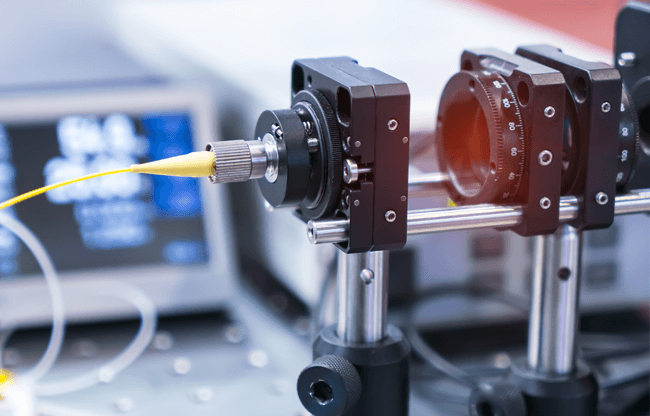Sensing and detection

Optical filters are an essential component in many sensor applications. Optical sensors use light to measure these properties. Optical filters can be used to selectively transmit or reflect certain wavelengths of light in sensor applications, allowing for the detection and measurement of specific properties.
Sensors are devices that can detect and respond to changes in physical, chemical, or biological properties of their environment. They are widely used in various applications such as environmental monitoring, medical diagnostics, biomedical imaging, chemical analysis, and industrial process control. The wavelengths used in sensors depend on the specific sensing mechanism employed, but here is a list of some commonly used wavelengths:
Ultraviolet (UV) Wavelengths:
200-300 nm: This wavelength range is used in UV sensors for measuring the intensity of UV radiation. These sensors are commonly used in environmental monitoring and in applications such as UV curing in the printing and electronics industries.
Visible Wavelengths:
400-700 nm: This is the range of wavelengths that are visible to the human eye and is commonly used in sensors for detecting light intensity, color, and image sensing. These sensors are used in various applications such as digital cameras, optical sensors, and colorimetry.
Infrared (IR) Wavelengths:
700-900 nm: This is the near-infrared (NIR) wavelength range and is commonly used in sensors for measuring blood oxygen saturation levels and in spectroscopy for chemical analysis.
1,000-2,500 nm: This is the short-wavelength IR (SWIR) range and is used in sensors for detecting water content in plants, moisture in materials, and in food quality control.
It is important to note that these wavelength ranges are not exhaustive and that there are many other possible wavelengths that can be used in sensors depending on the sensing mechanism employed. Additionally, the choice of wavelength should be carefully considered in the design of sensors to ensure optimal performance and sensitivity.
Optical filters play an important role in improving the sensitivity, selectivity, and accuracy of optical sensor techniques, making them an essential tool for researchers in many fields.



